Born Hunting? But of course. We were all born hunting for milk. If we lived rural, we soon graduated to sparrows and ground squirrels.
The human animal has been hunting for some 2 million years and has gotten pretty good at it. But there’s been some backsliding, too. Less Dan’l Boone and Ishi tracking and stalking, more high-tech sniping. But at the same time more and more hunters are discovering the wilderness way, packing up and climbing out to touch the mystery.
Regardless how we indulge, we should and must indulge because hunting is our heritage, the forge that hammered out group cooperation, language, tool making and so much more that makes the human animal unique.

Like many, I scratched my primordial hunting itch with homemade bows and arrows, then BB guns, then 22 rimfires and rabbits. But big game hunting started with bow and arrow, the only legal avenue for a 13-year-old to hunt deer without an adult in tow. This was considered safer than kids with guns, but marginally. Somehow in the practice stage I managed to hit Larry in the foot and Gary in the side with target arrows. If only I’d done as well with deer.
The first miss I remember as what should have been a slam dunk dead buck. It came toward me from the north, down the trail I’d scouted and identified as the most likely for a close encounter. The plum thicket in which I notched out my hide blocked the route and forced all travelers, two legged and four, to swing around the point. Twenty yards would be a long shot.
I heard him before I saw him, grunting like a pig as he dogged the scent trail of a ready doe that had loped by earlier, raising my body temperature several degrees. But that had been a half hour earlier, and the Canadian air that had descended on my Dakota thicket had sucked that warmth and any residual from all but my torso. At least that’s my theory because the instant I saw that little forky buck, my legs and arms started to shake. I stood in my thicket, doubly frozen. Once by my desire to remain undetected. Once by the actual temperature.
The buck came on, nose down, grunting. Just before it entered the tunnel through which I could shoot, I started to draw the Shakespeare recurve. The deer spotted this and stopped, perfectly centered in the lane, 20 yards close, staring stupidly.

He was quite safe. The combination of cold and adrenaline had me so weak and shaking I couldn’t draw. A 45-pound bow I’d drawn and shot a thousand times at targets, blackbirds, cottontails, squirrels had suddenly tightened to an 80-pound pull I couldn’t budge.
The deer watched, puzzled.
I let down, breathed deeply, doubled my grip and tried again. This time I managed at least a 3/4 draw, judged it good enough for 20 yards, and released. Alas, my grip was so tight that my string fingers had cocked the arrow off the rest and upwards at such an extreme angle that the arrow flew up, up, and up before reaching its zenith, tipping slowly, broadhead downward, and accelerating back to earth. I’m not positive, but pretty sure the buck had joined me in watching this remarkable trajectory until the arrow buried itself in the pasture. At this my quarry snorted and leaped forward a few yards.
Still shivering uncontrollably, I reach for another arrow, fumbling and clanking enough to complete the little whitetail’s education. He departed in a flag waving, one-deer parade, leaving in his wake a deer hunter for life.

And onward I went, lacing limbs, leaves, logs, trunks and plain old prairie soil near various and sundry whitetails. Fortunately, by age 16 I was released from the law and allowed to go afield with a Winchester M94 lever-action 30-30, the quintessential whitetail rifle of the 20th century. This device proved much easier to draw, aim, and fire, the result being a clean kill of the first whitetail I ever shot at with a rifle. But even this was not typical because, instead of swinging with the running deer, I swung from in front and back toward it. To this day I don’t know if my bullet intersected the deer’s heart or the dear ran into the bullet. Regardless, it was down and out and I was bloodied as a certified successful deer hunter.
This proved good training for my next encounter just one week later. Along with my cousin I had drawn a coveted East River whitetail tag. This was in the mid-1960s when deer were just beginning to infiltrate the prairie farmlands that were only then growing enough woodlots and shelter belts to appeal to whitetails. There was plenty of corn, oats, wheat, and alfalfa, but a shortage of escape cover. In the bluffs and draws near the Missouri River, however, native elms, cottonwoods, hackberries, chokecherries, plums, and snowberries had laid out a quilt of bedding and hiding cover. We probed it, walking and poking until deer erupted and fluttered across the prairie hills like corn leaves in a gale.
When one of those leaves leaped from a plum thicket with what appeared to be a significant portion of that thicket stuck to its head, my cousin fired, knocked it down. As he ran up the hill to claim his prize, I trudged along the draw, dejected at my lost opportunity. Soon, however, my cousin came back and shouted for me to watch for the deer. It had risen and run off, likely in my direction.
It had. As I crested a small rise the crowned stag thundered from the grass, pounding its way toward a crease in the landscape. Three years of 22 rimfire shooting at fleeing jackrabbits took control, the lever-action leaping to my shoulder, 150-grain flat-nosed Winchesters kicking up dust behind the racing deer. Each shot spurted dust closer to my target, instructing me to increase my lead and maintain my swing. With the buck about to disappear into the erosion cut of the side draw, I swung as far as I dared without hitting the earth and fired. The buck was gone.

Cussing myself for the blown opportunity, I pounded up the hill, hoping to catch the fleeing buck in the picked cornfield up top. But when I got there only to find the empty field. It was too vast for a deer to have crossed that quickly. Where could he have gone? Puzzled, hoping against hope, I hurried toward the side draw. And there he lay, twice as big as life, steaming hot and snorting mad, his front quarters paralyzed, his hind legs driving his massive antlers forward, right at me! I jumped to the side, fired my last shot, and tagged the biggest buck I’d shoot for the next 20 years. It was a 6×4 that had been a 6×6 — until my cousin had shot two tines off, temporarily knocking the buck down.
Technically I might have been born to hunt, but that massive old buck made certain I’d remain one.
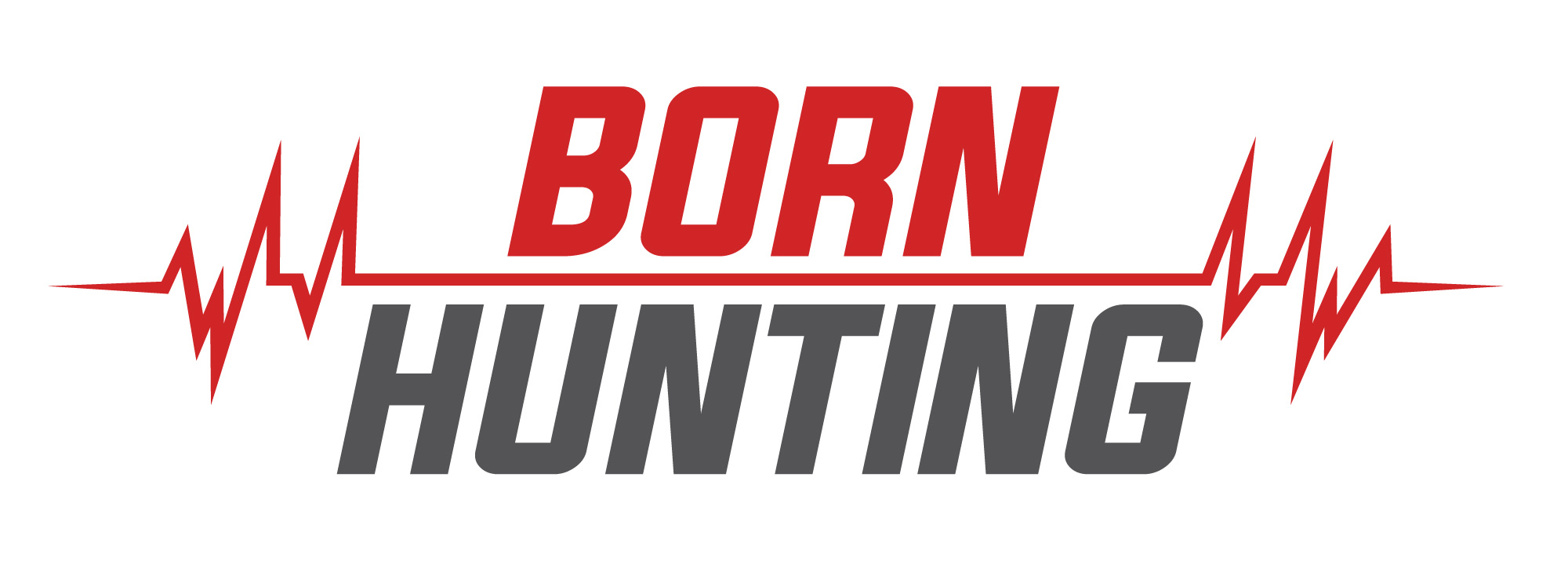


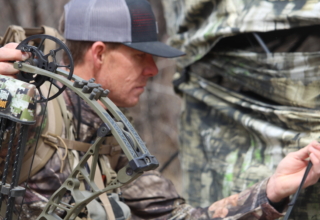
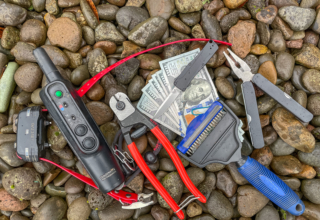

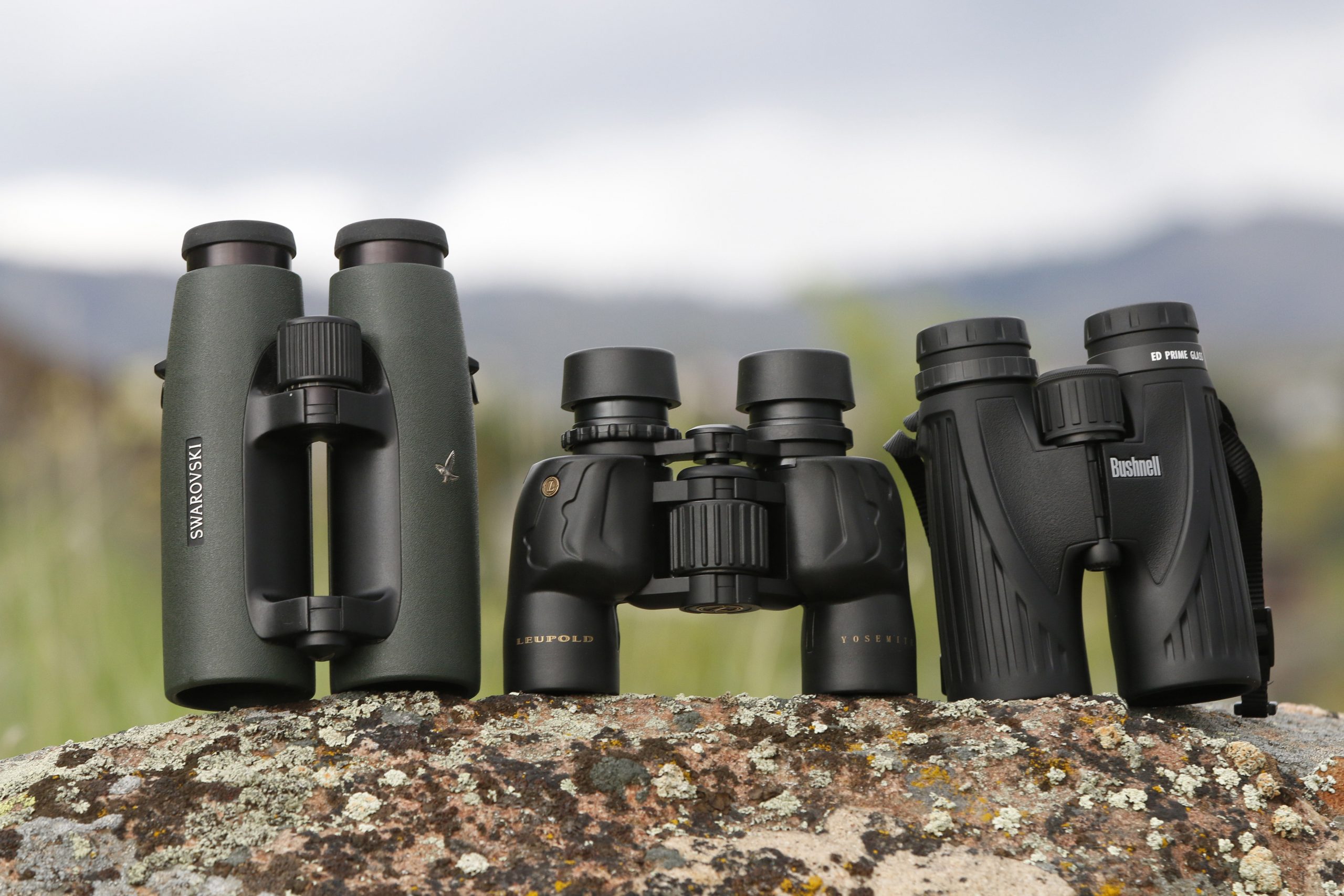
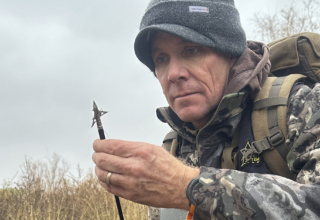

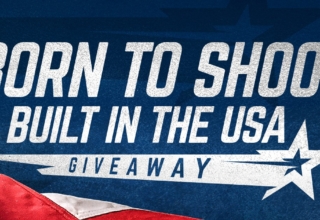
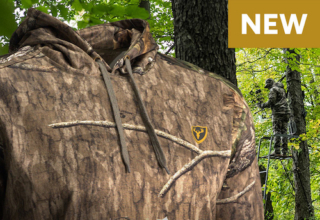


conta gratuita na binance
August 6, 2024 at 12:05 am
Your article helped me a lot, is there any more related content? Thanks!
binance
August 11, 2024 at 1:04 am
Can you be more specific about the content of your article? After reading it, I still have some doubts. Hope you can help me.
Izveidot personīgo kontu
August 12, 2024 at 9:02 pm
I don’t think the title of your article matches the content lol. Just kidding, mainly because I had some doubts after reading the article.